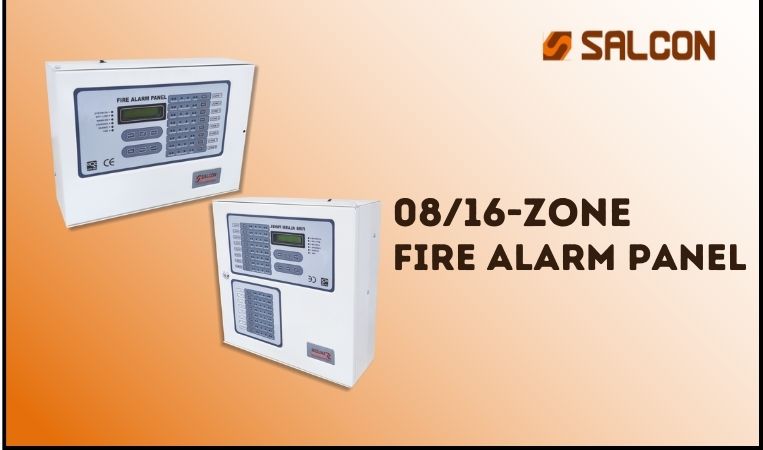
FIRE SMOKE DETECTORS
A fire or smoke detector in a fire alarm system warns people when smoke, fire, carbon monoxide, or other fire-related emergencies are detected. These detectors may be activated automatically from smoke detectors and heat detectors or may also be activated via manual fire alarm activation devices such as manual call points or pull stations. Alarms can be either motorized bells or wall mountable sounders or horns. They can also be speaker strobes that sound an alarm, followed by a voice evacuation message which warns people inside the building not to use the elevators. Fire detectors play a significant role in saving lives and we feel proud of being manufacturers of Fire detectors and many advanced devices in Fire alarm systems that save human life.
Smoke Detector
- • Operating voltage range : 9 to 32 VDC Volts Non – polarized
- • Operating temprature Range : 14oF to 120oF (-10oC to 49oC )
- • Diameter : 4.0″ (103mm)
- • Alarm Detector : Dual Red LEDs
Heat Detector
- • Operating voltage range : 9 to 32 VDC Volts Non – polarized
- • Operating temprature Range : 14oF to 120oF (-10oC to 49oC )
- • Diameter : 4.0″ (103mm).
- • Thermistor Temprature : 68oC
.png)



